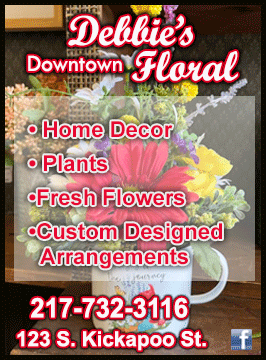|
Whether you tour alone or with a group of friends, it
is a great opportunity to meet the gardener, gather ideas, exchange
gardening secrets, and get inspired. Many of the garden tours are
sponsored by garden clubs, libraries, beautification groups and
other similar organizations. The proceeds from the event usually
support a worthy cause in the community. You’ll find local garden
tours promoted online, in local publications, garden centers,
botanical gardens and other similar venues.
The Garden Conservancy’s Open Days program is a one-of-a-kind
private garden tour. Participating gardens are located around the
country in small and large lots that feature a variety of styles,
plants and features. All you need is a little time and a ticket to
participate in the self-guided garden tours. A listing of the Open
Days gardens, their location and dates for each garden is listed on
their website.
Visit your local or nearby public botanic gardens and arboreta. They
feature plants in gardens and natural settings with similar growing
conditions to nearby home gardens. They often feature new and unique
varieties, traditional favorites and garden designs, providing
inspiration to all who visit.
All-America Selections’ (AAS) Display Gardens are another valuable
resource for gardeners. AAS is a non-profit organization that trials
and evaluates plants for outstanding qualities suitable for the home
garden. They have been helping gardeners grow award-winning flowers
and vegetables since 1932.
New never-before-sold plant varieties bred for home gardens are
planted, observed and evaluated at various trial gardens throughout
North America. Trial gardens are located at public gardens, seed
companies, or universities. The potential plant introduction is
observed and its performance evaluated throughout the growing
season. Volunteer judges rate the plants on improvements in
characteristics such as aesthetics, performance and productivity as
well as pest and disease tolerance. A plant must have significantly
improved qualities to be considered for an AAS award.
[to top of second column] |

Display gardens feature the newest AAS winners in a
well-maintained setting where you can view the winners. There are
nearly 200 display gardens in the United States and Canada located
in public botanic gardens and arboreta, municipality gardens, garden
retailers, university gardens and more. Some locations also offer
related educational opportunities, open houses or field days during
the growing season.
Take some time to enjoy and evaluate your gardens. Then set aside
some time to visit local gardens for ideas and inspiration.
Melinda Myers has written more than 20 gardening books,
including the Midwest Gardener’s Handbook, 2nd Edition and Small
Space Gardening. She hosts The Great Courses “How to Grow Anything”
instant video and DVD series and the nationally syndicated Melinda’s
Garden Moment TV & radio program. Myers is a columnist and
contributing editor for Birds & Blooms magazine and was commissioned
by Summit for her expertise to write this article. Myers’ website is www.MelindaMyers.com.
[Photo courtesy of MelindaMyers.com]

|